Whether to soak beans before planting them depends on how soon you need them to grow into plants. There are some benefits and disadvantages to soaking beans. Regardless of what you do, beans need plenty of moisture and warm temperatures to germinate properly.
Soaking beans softens the seed husk, & generally allows them to germinate sooner. Bean seeds may be soaked for up to 24 hours. Soaking longer than 24 hours may decrease the germination rate, & may make the seedlings more susceptible to disease & fungus.
Soaking depends on how fast you need them. Even if you do not soak them, they still need a lot of watering when planting. Beans grow easily, but they are fragile when germinating. If you do soak your beans, be aware that you could oversoak them and cause more harm than good.
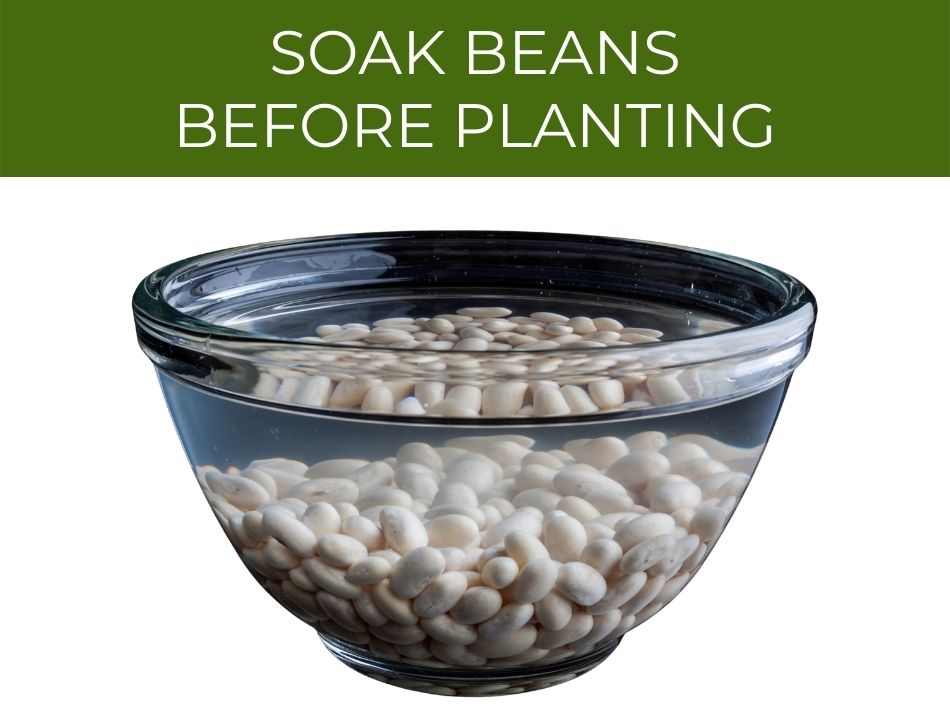
Soak beans before planting
Soak beans in warm water for 12-24 hours to soften them up and kickstart the germination process. This is ideal in a classroom setting, but there may be other times you need them to grow fast as well. Be careful to avoid getting the water too hot or you will risk cooking the beans instead.
Soaking beans before planting speeds up the process and gives you small plants faster. This will also help them grow when they are very small. Soaking softens the outer shell, and once water gets inside, the germination process begins.
Even if you do not soak your beans before planting, they still need a lot of water when you plant them. The temperature is also important, so make sure the soil is dry and moist. Soaking starts the process because beans are dry and have a hard outer shell.
See the complete article on the life cycle of bean plants.
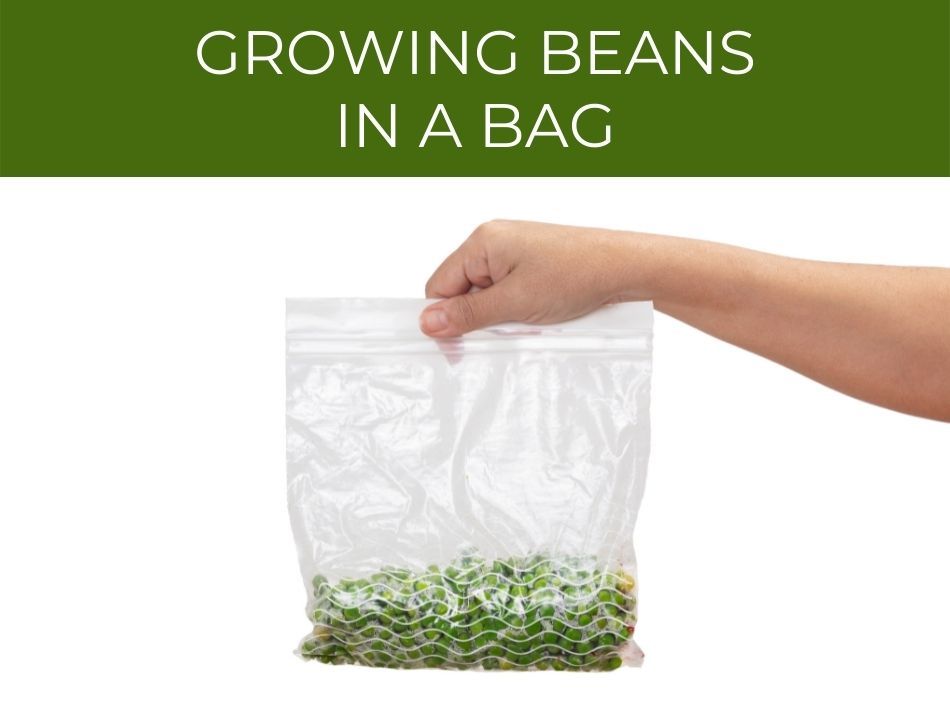
Growing beans in a bag
Growing beans in a plastic bag is a great way to show children of all ages exactly how seeds become plants. Keeping the seed wet and warm will help start the germination process, and you can watch the progress daily. You will see the sprout and growth stages all along the way.
To grow beans in a bag, put a few beans in a plastic bag. Put some water in, or just get a paper towel wet and put it under the beans. Close the bag, and hang it on a wall or a window. From there you will be able to see the growth process.
You may add some staples to keep the beans in place to make it easier to watch the process. After a few days, you will see the beginnings of roots appear. After about a week, steps will start to push upward as roots keep growing. After about 10 days, leaves will be at the top of the bag. After two weeks, leaves appear and your seed is on its way to being a full-grown plant.
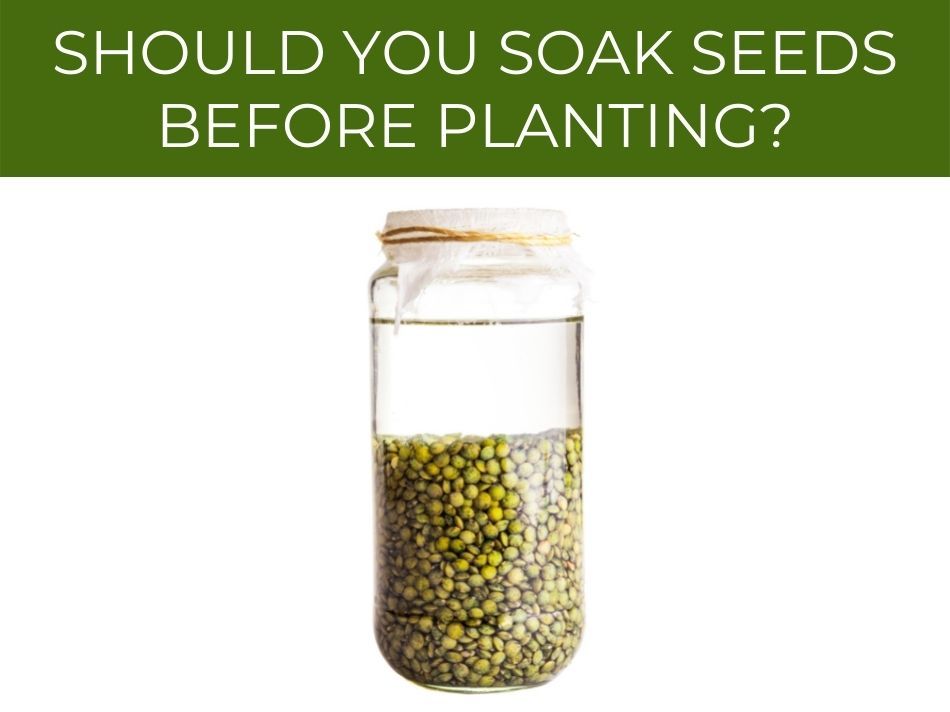
Should you soak seeds before planting?
Whether you should soak seeds before planting depends on how soon you need the seeds to become plants. Seeds have a hard outer shell that protects them as they lay dormant. When planted in the ground, it will take several days for the soil and water to penetrate that shell. Soaking them speeds up the process, and that is a major difference.
Soaking seeds will speed up the process of going from seed to plant, and some say it will also make the young plant grow faster. The faster growth also makes the young plant vulnerable to disease.
There could be several reasons you might need the plants to grow fast. Using them in education is a great reason, or if you plant them late in the season and are hoping to get a late crop. Even those that do not recommend soaking seeds, say you need to add a lot of water to the soil when you plant the seeds. When the seed gets wet, the process of breaking down the outer shell begins.
See the full article on how beans grow.
How Long Do You Soak Beans Before Planting?
Are you wondering how long you should soak beans before you can plant them?
Soaking time can vary, although you can cut that time in half if you decide to use hot water.
Before being soaked, beans will benefit from being scarified first.
Either with a dull knife or nail file. Allow the seeds to swell. Although not for too long. Too much soaking will cause the beans to rot.
It’s best to soak beans for 8–12 hours, and up to a maximum of 24 hours. It’s a good idea to do this before you go to sleep at night.
It’s not a good idea to soak your seeds the night before it’s expected to rain.
Wait till the weather forecast predicts good planting conditions before placing them in the garden.
This will help minimize the amount of soil disturbed. Once you soak the seeds, plant them as soon as possible.
Remember, with soaked seeds, you still need to continue to water them as soon as you plant them.
Check out this article to learn how to grow beans indoors.
Do You Need To Soak Beans Before Planting Them?
To speed up seed development before planting, immerse the seeds in water. When soaked, bean seeds will swell and soften, preparing their embryonic selves for their eventual emergence into the world.
Submerging seeds in water will speed up their germination. Before planting your bean seeds, first let them sit in water for 10 – 24 hours, as this will shorten the time they need to germinate.
This will enable your plants to grow more quickly while maintaining a higher level of health.
There are many people who insist that we should not soak bean seeds before planting.
Similarly, there are others who disagree. Ultimately, you decide.
After the danger of frost has passed, plant the beans.
To germinate, beans require warm, moist soil that is well-drained and warm.
Beans dislike temperatures below freezing.
Since beans have such shallow root systems, they need to be cultivated with great care.
Seed coats soften when in wet soil or hot water, and the interior expands.
As it emerges from the ground, the root breaks the seed coat.
The leaves become more visible after the stem and leaves have broken the soil.
They are ready to be moved to planters or the garden.
However, before you plant your seedlings, soak the pots in water so that they will break down more quickly.
Bean seeds sown in the garden may not germinate, especially if the soil is frigid and damp.
To thrive, they require heat and moisture to survive. Along with the sun.
The seeds may rot on the ground if the temperature is too low.
The germination process for bean seeds can take up to two weeks to complete.`
This article explains the growing process of beans.
How Long To Soak Beans For Sprouting
By soaking beans before planting them, you can fast-track the sprouting process.
Place the beans in a large bowl and add enough water to cover them by 2 inches. Cover with a clean kitchen towel and soak at room temperature for up to 8 – 12 hours, or in the refrigerator for 8 – 24 hours.
There are different ways to soak the beans.
Overnight and quick soaks are the most common.
The soaking process involves first covering the beans with a few inches of water.
We can put them in the refrigerator or on the kitchen counter overnight.
To use the quick soak method, you first bring the water and beans to a boil for a few minutes, and then you remove them from the heat, letting them sit for about an hour.
The practice of soaking beans and allowing them to sprout has a long history.
Don’t have a garden? Learn how to grow beans in a bag.
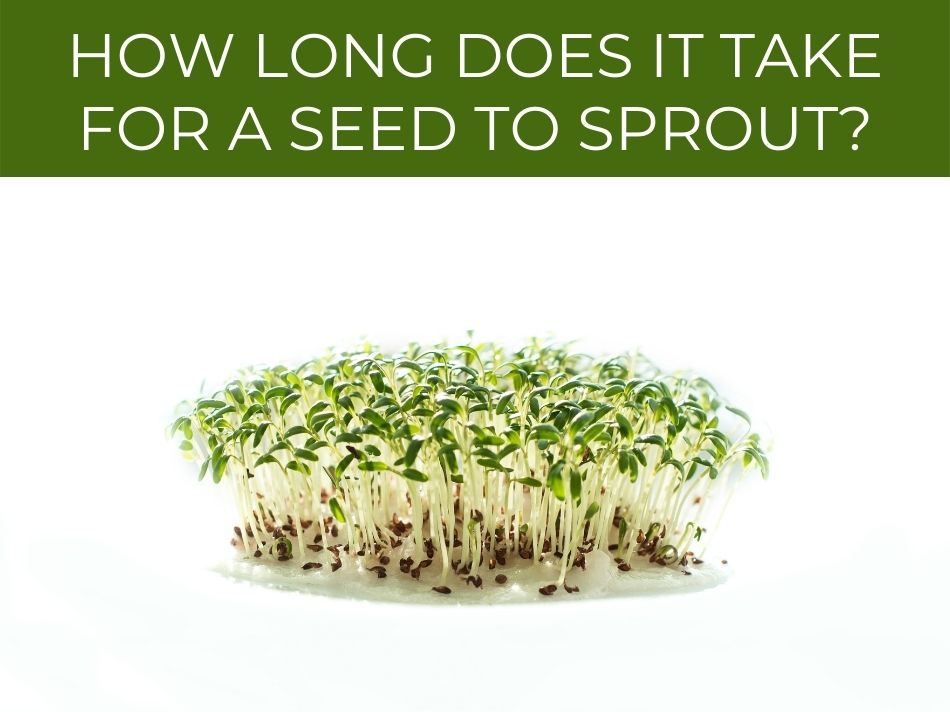
How long does it take for a seed to sprout?
There are a lot of variables as to how long it takes for a seed to sprout. Even the variety of beans would have a different timetable. In general, it takes about a month for a sprout to emerge in your garden. That time is cut in half if you plant them in a plastic bag for educational purposes. If you do not see a sprout after about a month, you will need to find out the cause before planting more.
Depending on temperature & moisture levels, most garden seeds will sprout in 5-14 days. The optimal temperature to germinate most garden plants is 65 – 75 degrees; colder or warmer temperatures typically result in slower germination.
Here are some things that will affect your plants that come from seeds.
Find out how much sun peas need.
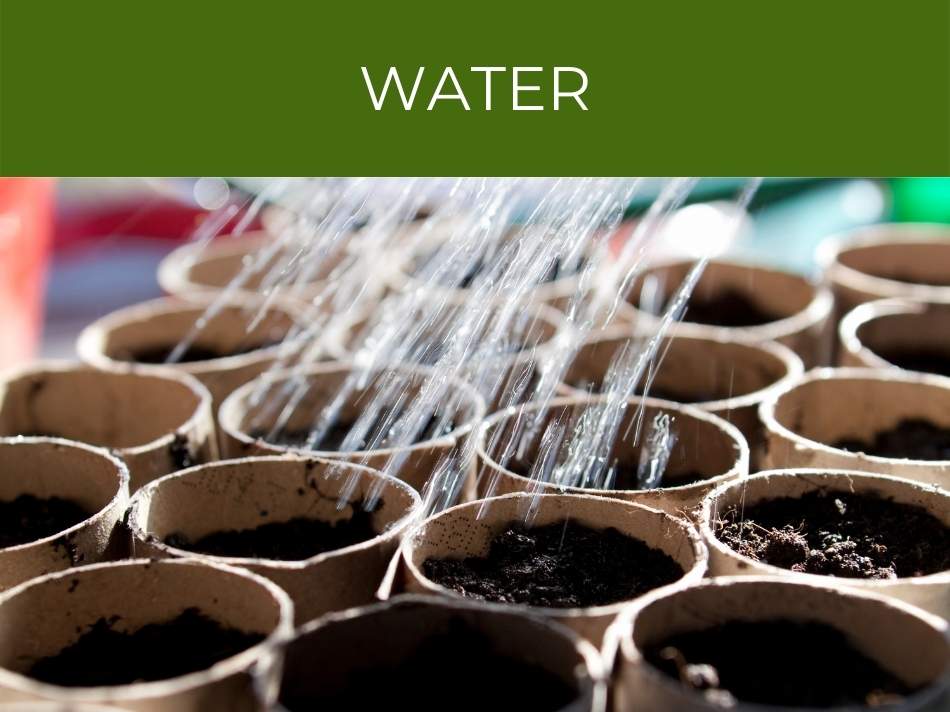
- Temperature
- Water,
- Light
- Traits of the plant
- Oxygen level
- Age of seeds
- Soil
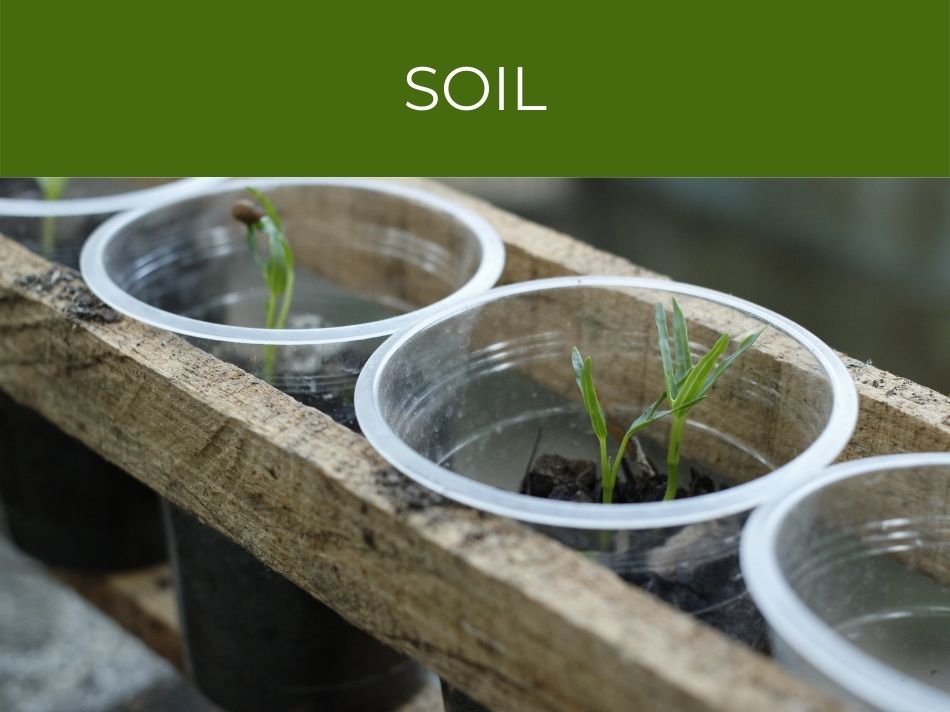
All of these things must be at certain levels for a seed to become a plant. One being a little off will not stop the growth process but it will hamper growth to some extent. That gets worse as more of these things are not where they should be. Temperature is a major part, so it is important to follow area guidelines when planting.
Find out whether beans are a fruit or vegetable.
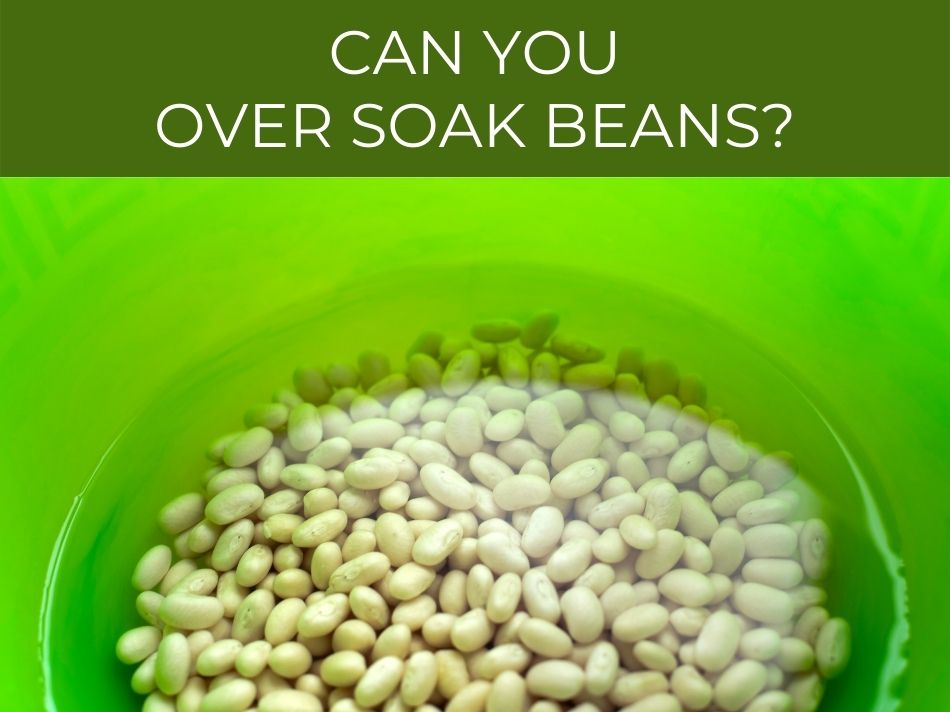
Can you over soak beans?
Nature is all about balance. Just because something is good for a plant, the idea that more is better is not often correct. In nature, there is a balance in everything, from plants to fish to animals. Too much heat is almost as bad as too much cold for most plants. Plants will not grow if they do not get enough water, and they will not grow if they get too much.
If you need your beans to start growing faster, it is a good idea to soak them in warm water for 12-24 hours. Soaking the beans penetrates the outer shell and helps the germination process begin. Soaking for more than 24 hours will lead to lower germination rates, & even rotting beans..
Soaking beans speeds up the process, but if you do it too much you will harm the seeds, and you could destroy them. Even plants can drown after they are well beyond the seed stage. Water is important, but like most things in nature, too much is just as bad at times.
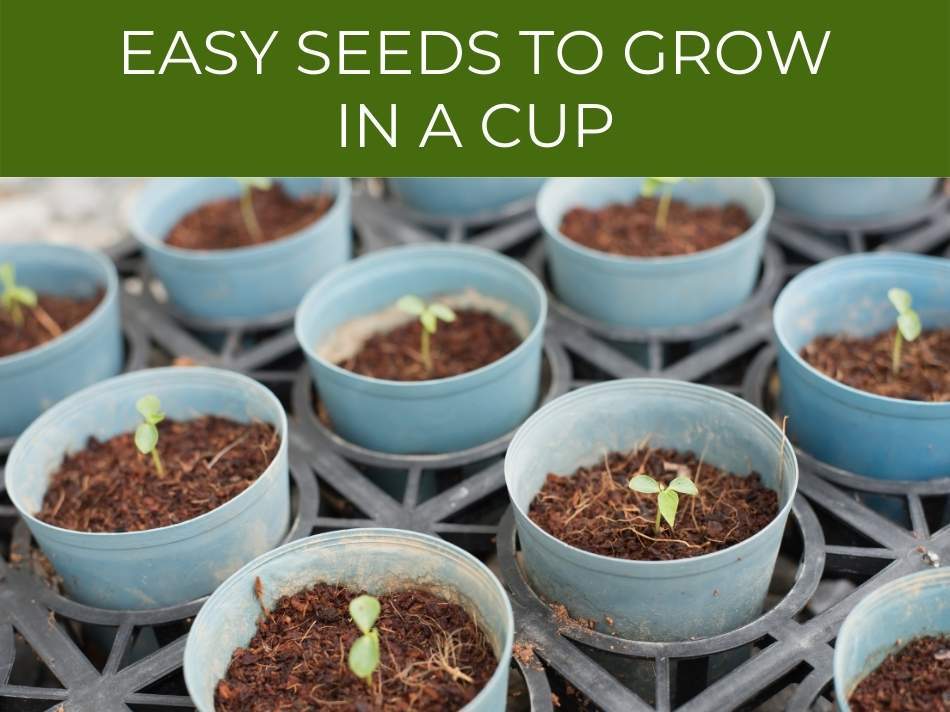
Easy seeds to grow in a cup
There are a lot of vegetables, flowers, and herbs you can grow in a small cup. It is a good way to start seedlings that you can plant in your garden. Any seed that does not need a lot of soil for its roots is a good candidate. Most of the time you will be planning on transferring the plant to your garden, so the need for space for the roots will solve itself.
It is easy to start and grow to maturity, seeds in nothing more than a cup. There are some that can be left in the cup, but most of the time you will transfer them. Very little is needed to grow a plant in a cup. Just some dirt, water, and light, and you will soon see plants emerge.
It may be surprising the number of plants that can be grown in a cup, or another small container. You could start tomato plants in a cup but would need to transfer them eventually. Strawberries, peppers, mushrooms, some beans, and almost any spice or herb can be grown in a small cup as long as it has dirt, water, and light.

